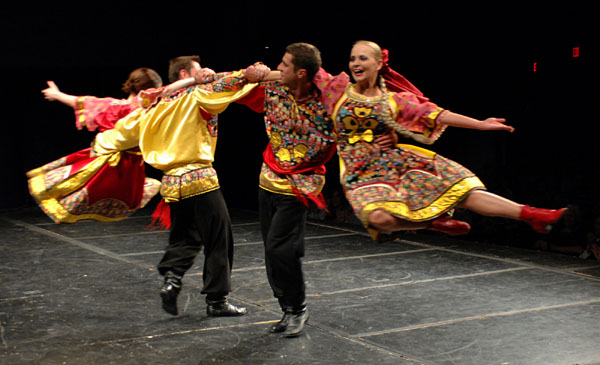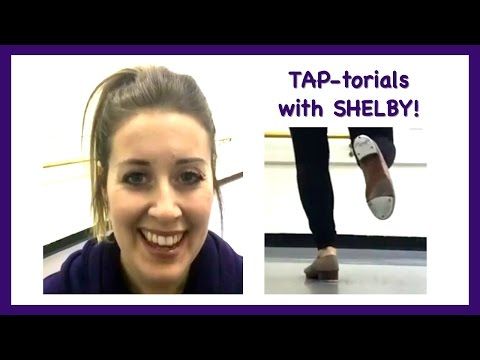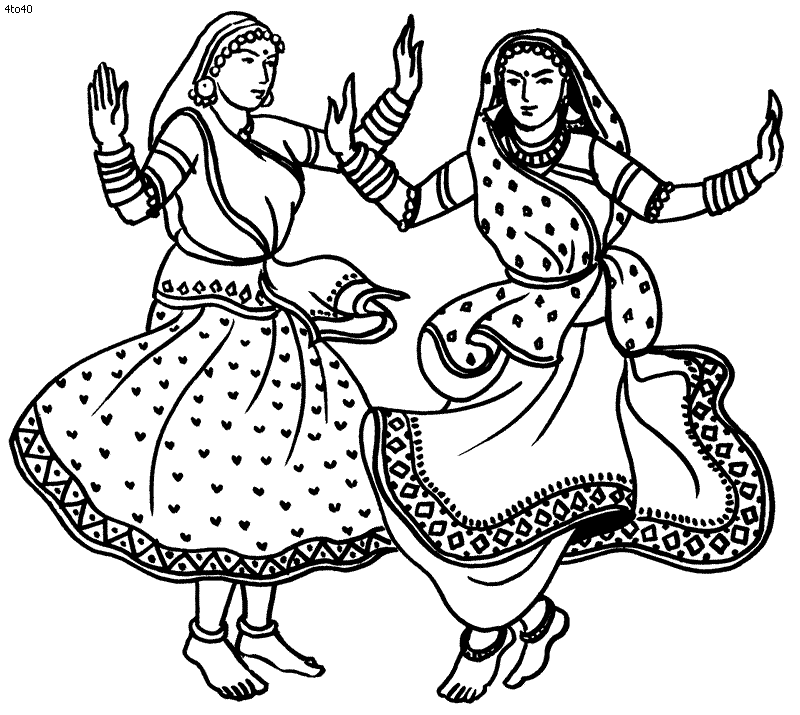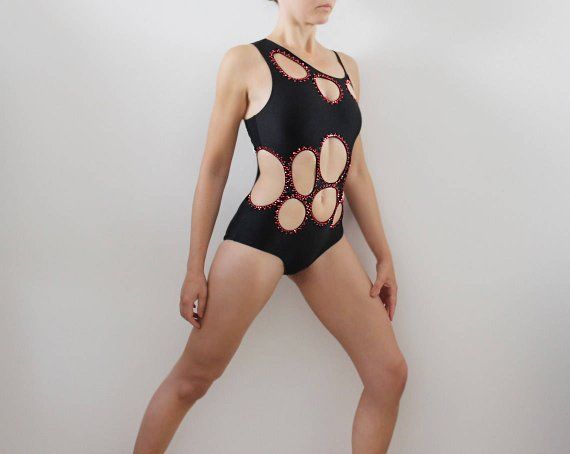How to dance kalinka
Kalinka: A Bright, Energetic Dance That Will Make You Fly
There are many kinds of art performance that we can enjoy watching. One of them is dancing. There are many styles of dance. If you like classic style, you can watch a ballet performance. This dance type originally came from the Italian Renaissance. Later, some development went through ballet so its form turned into a concert dance in France and Russia. That is why ballet terminologies use French vocabularies.
Another example of a popular style of dance is tap dance. Who doesn’t know tap dance? This is the dance known for the tapping sounds that come from the shoes. To produce the sound, you can just wear any shoes. Tap dancers wear shoes that have a metal “tap” on the heel and toe so when they strike the shoes on the floor, it produces the sound of percussion. The variations of tap dance are not only classical and jazz, but also flamenco, Broadway tap, and post-modern tap. Where the tap dance originally came from was still a debate. Many people believe that this particular style is the fusion of Spanish flamenco, African tribal dances, English clog dancing, and Irish jigs.
Just like those two examples, Russia also has its original dance, namely a Russian folk dance. For Russians, this is not only a regular dance but also an important part of their culture. Russian folk dance was shaped with the influences from some cultures and they are the Russians culture from the ancient time, as well as cultures from Eastern Asia, Europe, and America.
There is one dance widely popular as the icon of Russian folk dance. The name of this dance is Kalinka. As a part of Russians culture, Kalinka is recognized for its bright and energetic style that will make you fly. Now, let’s find out more about Russian folk dance and Kalinka!
Russian Folk Dance and Kalinka
- Russian Folk Dance
Russian Folk Dance has been existed since a very long time ago. This is proved by the mention of it in “About Country of Moravia”, an ancient script that tells the story of a group of young Russians who held gatherings on rafts on the lakes. During the gatherings, they would sing and dance in a circle, which called the khorovod (this is the name of the activity where a group of people is dancing and singing at the same time). Even though Russian folk dance was born in the ancient time, the beginning of Russians dancing had happened far before that.
During the gatherings, they would sing and dance in a circle, which called the khorovod (this is the name of the activity where a group of people is dancing and singing at the same time). Even though Russian folk dance was born in the ancient time, the beginning of Russians dancing had happened far before that.
The Great Russian Prince Oleg won a battle against the Greeks in Kyiv in the year 907. As a celebration, he made a gala dinner where he got some people to show entertaining performance. One of them is a dance by a group of 20 male dancers. 16 of them were wearing bear costumes while the rest of them were wearing Russian dancers’ costumes.
- Kalinka Dance
Kalinka, a bright energetic Russian dance that will make you fly, was originally a song. A composer and a folklorist, Ivan Larionov, wrote this song in 1860. Its simple lyrics and speedy tempo, which increases with every new refrain, made this song gained popularity soon after its release. During that time, there was a very famous Russians move called Preesyadka. As soon as people realized that the rhythm of both Kalinka and Pressyadka is suitable for each other, they both complemented each other. That was the moment when Preesyadka was started to know as Kalinka.
During that time, there was a very famous Russians move called Preesyadka. As soon as people realized that the rhythm of both Kalinka and Pressyadka is suitable for each other, they both complemented each other. That was the moment when Preesyadka was started to know as Kalinka.
So, what is the beginning of Kalinka, the famous Russians move? This was all started when the Sviatoppolk II Iziaslavich, the Grand Prince of Kyiv, died in 1113. Chaos was happening all over the city. Anywhere to look, there must be riots in the view. People even looted shops and houses which for sure only made the condition worse. But, a mason namely Petro Preesyadka had no interest to take a part of the chaos. He worked hard all day which required him to be in a squat position most of the time while using an instrument to work with the heavy stones. Every day, after work, he would have a walk on Kyiv’s Broadway, had some wines, and ate some bagels. With a job that needed a physical strength all the time, Preesyadka always felt some tension on his legs. That is why, after he had his dinner, he would do some jumpings to release the tension from his knee.
That is why, after he had his dinner, he would do some jumpings to release the tension from his knee.
Rus Vladimir Monomakh was in the city of Kyiv as a response to the invitation sent to him, asking his help to stop the chaos. He was at the same place as Preesyadka when he did the “strange dance”. That is why the later-famous knee-bending move was named after its creator. Everybody in Kyiv knows this move and must be proud to live in a city where the Preesyadka (Kalinka) dance was born.
Nowadays, you can see Kalinka as a dance show in so many big stages. The Russians culture represent by this dance attracts many spectators. The dancers move quickly and gracefully. They will easily show some knee-bending moves and high jumps. No wonder that people consider Kalinka as a bright energetic Russian dance that will make you fly!
During the show, you will also hear Russian songs accompanying every movement of the dancers. Just like the songs play an important part in a Kalinka show, so are the costumes. The beautiful costumes for sure help the show complete. The men dancers wear traditional style of clothes. They put on kosovorotka shirts in a bright color to make it contrast with the dark pants. For footwear, they wear high boots. The style of the women’s costumes is flexible. The most important criteria are they must wear wide skirts so it will be easy for them to jump and squat.
The beautiful costumes for sure help the show complete. The men dancers wear traditional style of clothes. They put on kosovorotka shirts in a bright color to make it contrast with the dark pants. For footwear, they wear high boots. The style of the women’s costumes is flexible. The most important criteria are they must wear wide skirts so it will be easy for them to jump and squat.
Now we have learned about the iconic Kalinka dance. We can imagine how beautiful the whole performance is – the moves, the costumes, the songs. Kalinka is for sure a bright energetic Russian dance that will make you fly 🙂
Kalinka Dance History | eHow UK
Russia's dance history is steeped in legend, particularly the iconic dances associated with the folk song Kalinka-Malinka. The origin of the dance comes from the streets of Russia's cities and the kicking, jumping and acrobatics performed in them have delighted audiences from every culture for the last 200 years.
1
Misconceptions
Many believe that Kalinka-Malinka is a Russian folk song and dance with peasant beginnings. The song was not written until 1860 by composer Ivan Larionov as part of a theatrical entertainment. The dance has its origins much earlier than 1860 and was likely developed by travelling performers on the streets of Russian cities, like Kiev.
The song was not written until 1860 by composer Ivan Larionov as part of a theatrical entertainment. The dance has its origins much earlier than 1860 and was likely developed by travelling performers on the streets of Russian cities, like Kiev.
2
History
Russian history gives credit to a mason named Petro Preesyadka as being the creator of the "preesyadka" dance step. The "preesyadka" involves squatting quickly up and down, intermittently kicking out upon rising. The story goes that Petro Preesyadka spent quite a bit of time squatting during his masonry work. At the end of the day his knees were tired and he would stand outside squatting and stretching his legs in what looked like a dance. Preesyadka's dance was spotted by a top official who was so taken by it that he invited the mason to his palace.
- Russian history gives credit to a mason named Petro Preesyadka as being the creator of the "preesyadka" dance step.
3
Terminology
The dances accompanying the Kalinka-Malinka song are a series of varied steps depending on the choreographer, the region and the company performing them. "Drobushki" and "preepreezhki" are different types of hopping, "preesyadka" is squatting and "tchetchotka" is a tap-dance. Other steps include "the pistol," "the devil," "the goat" and "the ring," the names of these steps refer to what they look like.
"Drobushki" and "preepreezhki" are different types of hopping, "preesyadka" is squatting and "tchetchotka" is a tap-dance. Other steps include "the pistol," "the devil," "the goat" and "the ring," the names of these steps refer to what they look like.
4
Theories/Speculation
It is believed that the rambunctious nature of the Russian dance comes from a need to stay warm during the long winters. Mikhail Smrinov, artistic director and founder of Barynya in New York, begs to differ, "During cold winter times Russians are known to wear fur-coats and sheepskin coats. I happened to be in the Russian Army and can swear that wearing a heavy sheepskin coat won't even let you think about preesyadkees..." says Smirnov. He believes the originators were the "skomorokhi," or street performers who travelled from town to town performing dances in the street.
- It is believed that the rambunctious nature of the Russian dance comes from a need to stay warm during the long winters.

- Mikhail Smrinov, artistic director and founder of Barynya in New York, begs to differ, "During cold winter times Russians are known to wear fur-coats and sheepskin coats.
5
Effects
"Kalinka" translates into "little snowball tree," the lyrics are a tribute to love and nature. The dances are a celebration of life, love and human ingenuity. Russian people have adopted this popular song and dance as a symbol of their culture and the Kalinka-Malinka song is now all but inseparable from the folk dances of Russia.
Folk dance Kalinka-Malinka | Useful information from the company Quadrille
Russian folk dance "Kalinka" is considered one of the most famous in all countries of the world. It is even called the hallmark of our country. The movements in this dance are carefully thought out and planned by the directors and choreographers - thanks to this, the dance group performing "Kalinka-Malinka" can perfectly convey the fervent spirit of a Russian person. This dance is considered synonymous with improvisational Russian dance. At the same time, despite all the vigor, "Kalinka" is filled with the deepest meaning. nine0003
This dance is considered synonymous with improvisational Russian dance. At the same time, despite all the vigor, "Kalinka" is filled with the deepest meaning. nine0003
Unique features
"Kalinka-Malinka" is always performed by dancers to the song of I.P. Larionov, which was written in 1860. The tonality, rhythm and the words themselves surprisingly accurately convey the unique style of the Russian people, their character. The dance became widely known throughout the country and abroad after one of the performances of the Red Banner Ensemble. More than a hundred years have passed since then, but the dance is still popular and often performed by modern dance groups. nine0003
To a certain extent, this dance also belongs to the ballroom variety of choreography. It is based on the most popular movements from the folk school of Russian dance.
The main feature of the entire dance composition is that the choreographic ensemble performs it both at a fast and at a slow pace. Improvisation also takes place here, which is typical for a Russian folk work.
Improvisation also takes place here, which is typical for a Russian folk work.
Dances are performed by both adults and children's groups. It is appropriate for various festive, patriotic events. nine0003
Dance movements
As a rule, the composition of "Kalinka-Malinka", which has been formed over decades, does not change. In some cases, choreographers may make minor changes to give some meaning to the dance. Anyway, an approximate template is always used, including the following movements:
- the artists make smooth transitions, which resembles a classical round dance;
- constantly swinging the arms - emphasis on the range of motion;
- there are definitely different types of squats;
- clapping hands, stamping feet to the beat.
Costumes
Colorful costumes , decorated in folk style, add even more color to Kalinka. This allows you to emphasize the features of the Russian people, add more solemnity. The main female outfit for performing such a Russian dance is a sundress - its style may differ depending on the general idea of \u200b\u200bthe performance. The costume is decorated with embroidery, braid, ribbons. It can be complemented by a blouse, a patterned or plain shirt, as well as a headdress - most often it is a kokoshnik, the shape of which also varies. nine0003
The main female outfit for performing such a Russian dance is a sundress - its style may differ depending on the general idea of \u200b\u200bthe performance. The costume is decorated with embroidery, braid, ribbons. It can be complemented by a blouse, a patterned or plain shirt, as well as a headdress - most often it is a kokoshnik, the shape of which also varies. nine0003
Men most often wear blouse shirts. Most often they are made of bright silk or satin fabric, decorated with patterned ornaments. Can be belted with a woven sash.
Matching dance shoes complete the look. It is important that it is not only appropriate in style and spectacular, but also extremely comfortable, which will allow you to easily perform all the movements of the dance. Artists can wear light shoes or square shoes, boots with a flat sole or with a small heel. Such classic shoes will allow you to create the necessary image and emphasize the beauty of both the dancers and the dance itself. nine0003
dance Kalinka - Choreographic ensemble Inspiration
Many countries of the world are very interested in Russian dances and the general culture of the country. This is explained by the fact that Russian Folk Dances can be easily compared to a theater production, since a large number of characters with their roles are also involved here. It is thanks to this that all our dances look very holistic and organic.
This is explained by the fact that Russian Folk Dances can be easily compared to a theater production, since a large number of characters with their roles are also involved here. It is thanks to this that all our dances look very holistic and organic.
Folk dance Kalinka is one of the most famous around the world. He is considered the face and calling card of all of Russia. All movements in the dance are very well planned by the choreographers and director, and thanks to this, the dance group perfectly conveys the provocative spirit of a person from Russia. According to its genre, the dance is very suitable for dancing. Dances, despite all this vigor, cheerfulness are filled with very great meaning.
Dance Kalinka and its unique features
Kalinka dance is always performed to the song of a famous musician - Loarinov. The song for the dance was written back in 1860. It well conveys the unique style of the Russian people, its characteristic features. When the composer completed work on the song, he immediately transferred it to the use of the Agrenev-Slavyansky choir.
It well conveys the unique style of the Russian people, its characteristic features. When the composer completed work on the song, he immediately transferred it to the use of the Agrenev-Slavyansky choir.
Russian dance Kalinka became widely known after the performance of the Red Banner Ensemble. Enough time has already passed since their first performance with this song, but the dance still lives in the hearts of many people, being very fond of the people. nine0003
Kalinka Malinka dance , to a certain extent related to the ballroom variety. The dance was based on the most popular movements from the folk school of Russian dance.
The main feature of the dance work is that the choreographic ensemble performs it simultaneously at a slow and fast pace. Many Russian folk dances are characterized by improvisation, and the Kalinka dance will not be an exception. nine0003
Many Russian folk dances are characterized by improvisation, and the Kalinka dance will not be an exception. nine0003
Movements in the Kalinka dance
A large number of different choreographers are engaged in staging the described type of dance. It's good that there is already an approximate pattern of dance actions, which includes the following movements:
- dancers make smooth transitions, which very much resemble a round dance;
- are constantly present waving hands, which help to emphasize the full range of motion; nine0020
- there are different types of squats;
- clapping hands and stamping feet to the music.
Such an energetic dance as Kalinka has many different dance groups in its repertoire. Very attractive dance performed by children.
Children's dance Kalinka is very cheerful, provocative and full of national spirit. Everyone who comes to watch the dance always leaves the hall only in a good mood. nine0003
nine0003
Through this dance, many people share their happiness, joy and prowess.
Very colorful costumes, which are decorated in folk style, give great color to the dance. Also in the dance you can easily see the masculine and feminine. So, for men, strength, courage will be characteristic, and for women - beauty, pride, greatness. In many songs, there is mainly a story about kings and great heroes.
As citizens of Russia are very fond of folk dances, so are residents of other countries very interested in the culture and national specifics of this country. nine0003
Thanks to the excellent performance of the dancers, everyone can see a whole interesting story in such a perky dance as Kalinka. Dancers are very well helped by movement, facial expressions and gestures.
Anyone who wants to get to know this dance better can easily find it on the Internet, just enter the query “ Kalinka dance video ”, and many variants of this dance performed by beautiful ensembles will appear.











